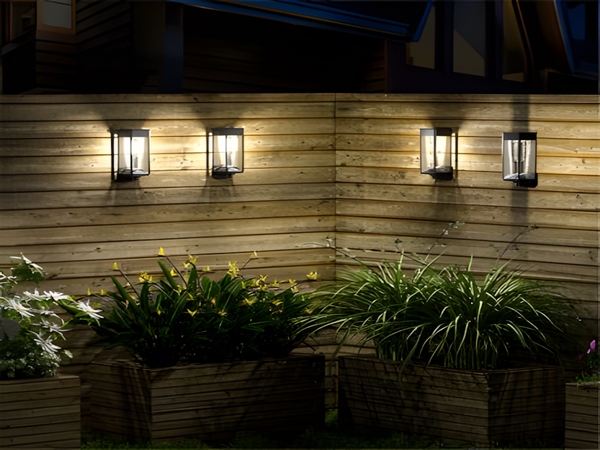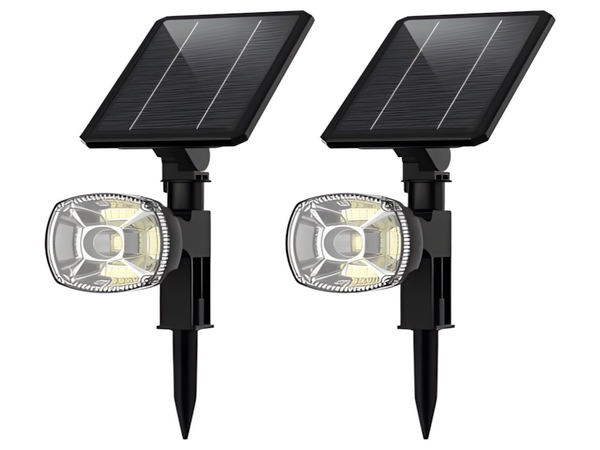
With the in-depth construction of the socialist new countryside and beautiful villages, solar street lights, as the preferred lighting equipment, have been widely used. Solar street lights not only save energy and protect the environment but also do not incur electricity costs, which is why they are popular among the public. The battery is the main component of solar street lights. Currently, four types of batteries are used in solar street lights: lead-acid batteries, gel batteries, ternary lithium batteries, and lithium iron phosphate batteries. So, which battery is the best for solar street lights?
Let’s take a look at the characteristics of these solar street light batteries:

1. Lead-acid batteries: The plates of lead-acid batteries are made of lead and lead oxide, and the electrolyte is a sulfuric acid solution. Their main advantages are stable voltage and low price. However, they have low energy density (i.e., the amount of electrical energy stored per kilogram of battery), which results in relatively large size and a short lifespan of 300-500 deep cycles, requiring frequent maintenance. They are still widely used in the solar street light industry today.
2. Lithium iron phosphate batteries: These provide higher energy density, are smaller in size, charge quickly, have a long lifespan, and good stability, albeit at a higher price. The deep cycle charging times are about 1500-2000 times, with a lifespan generally reaching 8-10 years. They have strong stability and can operate within a wide temperature range of -40 to 70°C.
3. Ternary lithium batteries: These have even higher energy density, smaller size, faster charging, and a higher price. The deep cycle for ternary lithium batteries is about 500-800 times, with a lifespan approximately double that of lead-acid batteries, and a temperature range of -15 to 45°C. However, the downside is that they are not very stable and may explode or catch fire when overcharged or exposed to high temperatures, especially if from unqualified manufacturers.
4. Gel batteries: These are essentially upgraded maintenance-free lead-acid batteries that use a gel electrolyte instead of sulfuric acid. They outperform regular batteries in terms of safety, energy storage, discharge performance, and lifespan, and are even more expensive than ternary lithium batteries. They can be used in temperatures ranging from -40 to 65°C, demonstrating good performance in low temperatures, making them suitable for high-cold areas in the north. They also have good shock resistance and can safely be used in various harsh environments. Their lifespan is approximately twice that of regular lead-acid batteries.

In summary, lithium batteries for solar street lights are the best option. This raises the question: Should we choose ternary lithium batteries or lithium iron phosphate batteries?
Based on the performance of these two batteries, ternary lithium batteries are more suitable for use in colder regions due to their temperature range of -15 to 45°C, whereas lithium iron phosphate batteries can be used in regions with higher temperatures given their temperature range of -40 to 70°C. It is also essential to choose a reliable solar street light supplier.



